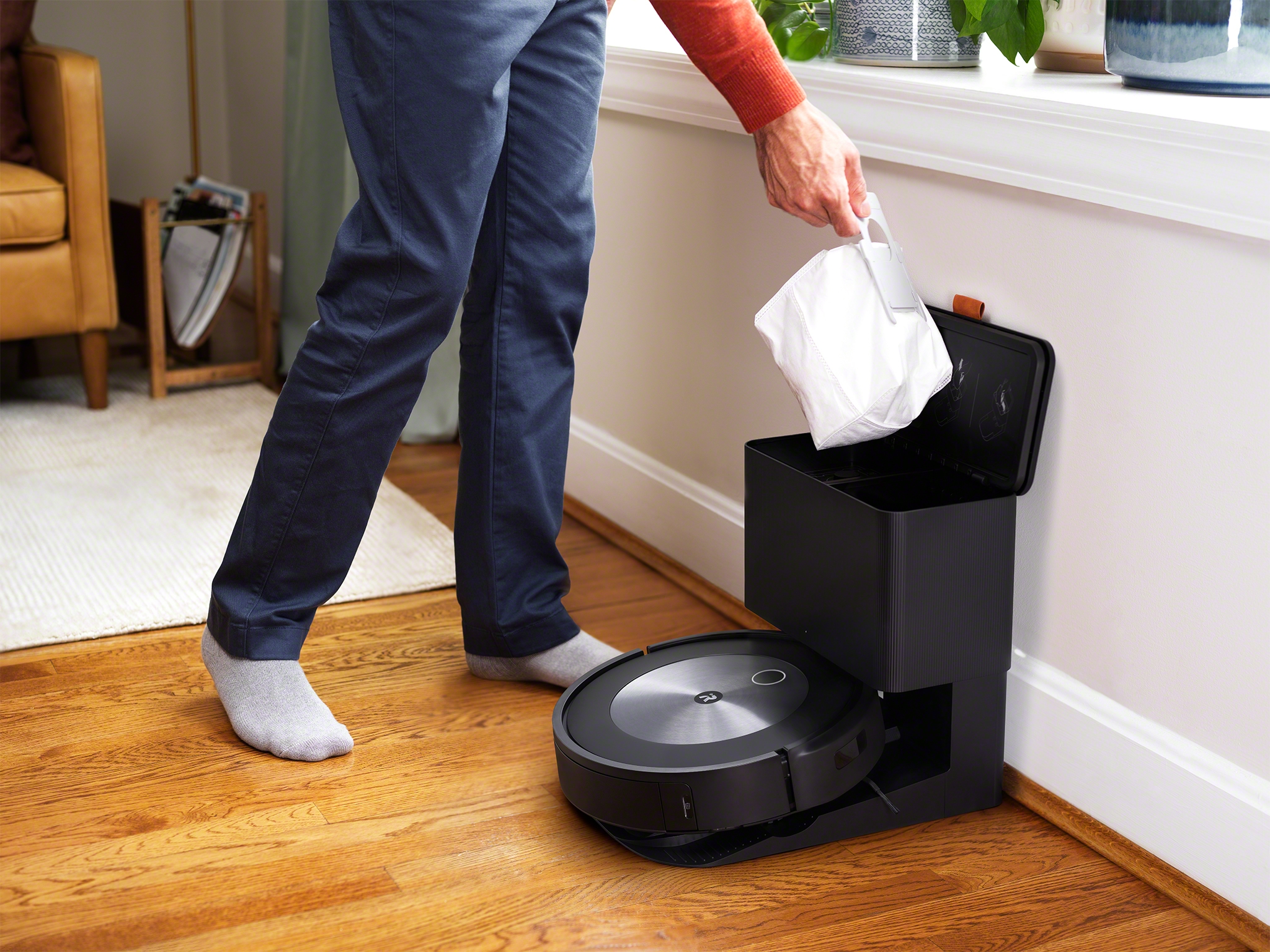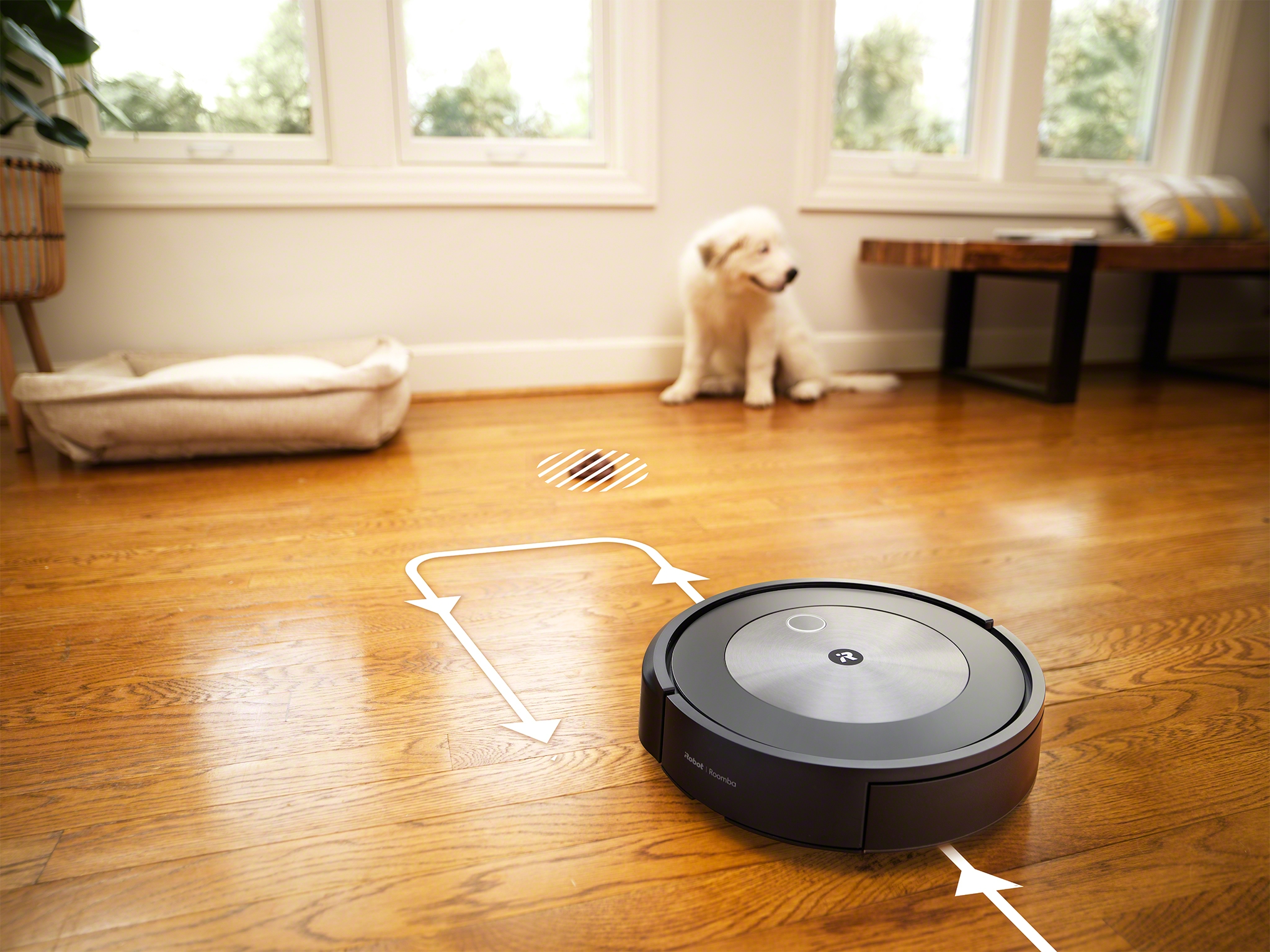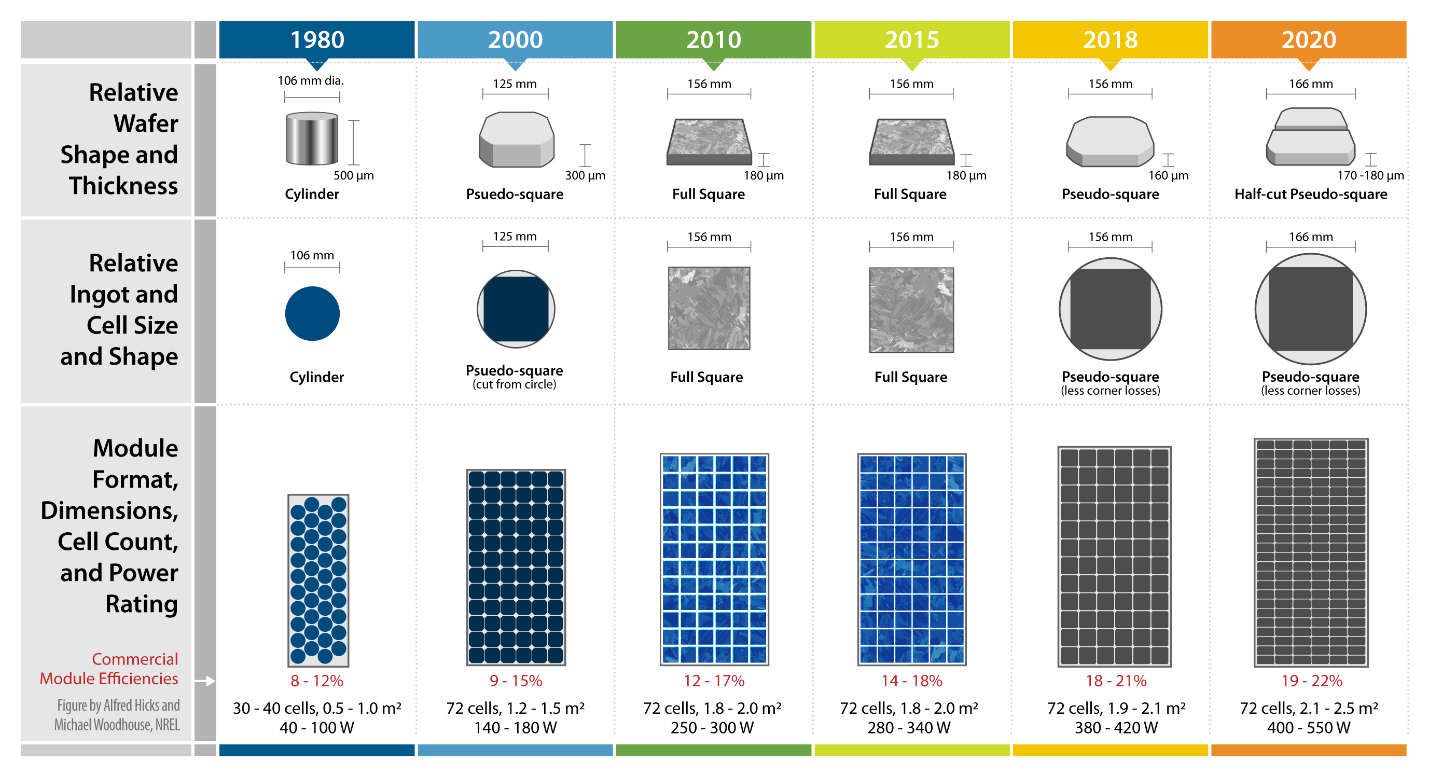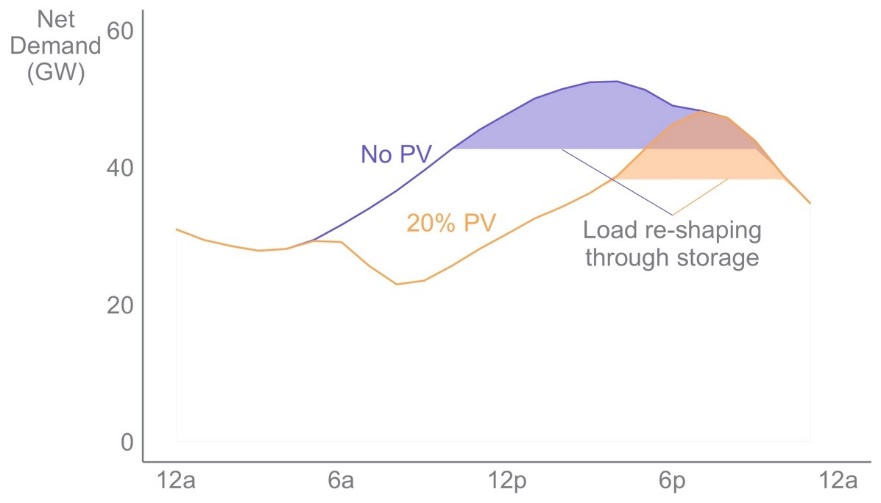News: China’s WeRide unveils Robovan, its first electric, autonomous cargo van
Chinese autonomous driving company WeRide has unveiled its first cargo van, the vessel upon which it will self-drive into the world of urban logistics. WeRide will work with Chinese automobile manufacturer Jiangling Motors (JMC) and Chinese express delivery company ZTO Express to commercialize its first self-driving van at scale. The deal was signed on Wednesday
Chinese autonomous driving company WeRide has unveiled its first cargo van, the vessel upon which it will self-drive into the world of urban logistics. WeRide will work with Chinese automobile manufacturer Jiangling Motors (JMC) and Chinese express delivery company ZTO Express to commercialize its first self-driving van at scale.
The deal was signed on Wednesday by Tony Han, founder and CEO of WeRide, Wenhui Jin, executive vice president of JMC, and Renqun Jin, vice president of ZTO, during WeRide’s latest online press conference dubbed “The Next.” As part of the agreement, WeRide and JMC will jointly design purpose-built models of the Robovan for mass production on JMC’s assembly lines, and ZTO will put the Robovans to good use in their urban logistics service, according to a statement released by the company. A WeRide spokesperson told TechCrunch that the Robovans will be based on JMC’s battery electric vehicle model with a fully-redundant vehicle platform, combined with WeRide’s full-stack software and hardware autonomous driving (AD) solutions.
WeRide has been raking in cash over the past year on its route to commercialization, with over $600 million raised from Series B and C rounds in the span of five months and a current $3.3 billion valuation. In June, the company acquired MoonX.AI, a Guangzhou-based autonomous trucking company, although it hasn’t yet committed to developing a commercial product in that space yet. Either way, having ride-hailing, autonomous busing, urban logistics and even just a hint of self-driving trucks in the pipeline means WeRide’s moves to diversify its autonomous portfolio are edging it ahead of the competition.
Chinese search engine Baidu’s self-driving unit mainly focuses on robotaxi and, as of April this year, buses. Alongside its robotaxis, Pony.AI has at least piloted last-mile logistics and just recently got the go-ahead to test its trucks out in China, but so far no buses. Waymo Via knocks both last-mile and trucking off the list, and its autonomous taxis make for a very long feather in the company’s cap, but Waymo hasn’t yet released any news about self-driving buses. GM-backed Cruise seems to be sticking with small vehicles and all they can provide, which includes rideshare and delivery.
WeRide says its van already has Level 4 autonomous capabilities, which the Society of Automotive Engineers defines as a car that takes the wheel and doesn’t require human interaction in most cases, although a human still has the option to manually override. Level 4 vehicles can only operate in limited areas, which is why they have most recently catered to ridesharing, but delivery vehicles could conceivably operate within a geofence, as well.
Because WeRide already has two years of experience testing out its Robotaxi service with the public, the company says it’s confident that the Robovan will be able to handle itself in a variety of different traffic scenarios, from innercity to tunnels to highways, across ZTO’s network, which covers over 99% of China’s cities and counties, according to ZTO.
A WeRide spokesperson said the Robovan has already been built and has been quietly tested in China for some time now. It’s still too early in the process to provide a detailed timeline on when WeRide and JMC will begin mass production, but the spokesperson said the next step for WeRide will be to pick one to three locations to conduct pilot testing to verify the vehicles and the system’s stability.
“Right after that, we aim for being true driverless in a few areas and build up our know-how of operating Robovans in urban logistics application,” the spokesperson told TechCrunch. “Considering both Robovan and Robotaxi are operating in urban cities, Robovan shares similar regulatory support as Robotaxi. Regulation in China is progressing step by step to catch up with the development of self-driving technology. You will see the application of true driverless Robovan in three to five years.”












